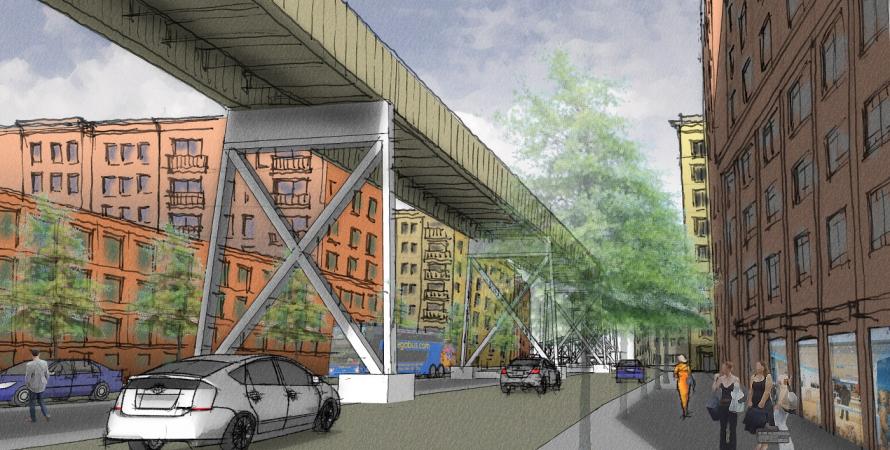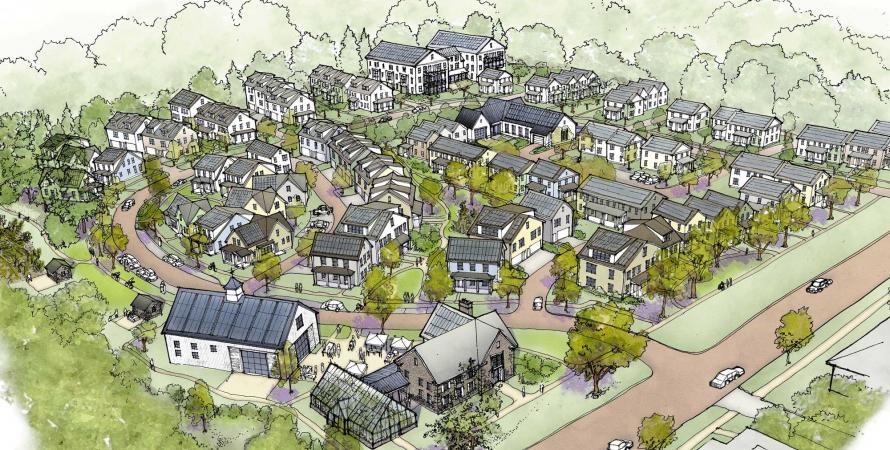Similar Projects
Getting to It and Getting Through It
Philadelphia, Pennsylvania
Students at the University of Maryland were tasked with reimagining the west bank of the Schuylkill River in Philadelphia as a vibrant, mixed-use neighborhood, repairing the urban fabric in the process.
Kendall Square
Cambridge, Massachusetts
Sandwiched between a major research university and a network of diverse neighborhoods, Kendall Square is an undistinguished cluster of office space intended to meet the demand for high tech jobs in Cambridge, Massachusetts.
Veridian at County Farm
Ann Arbor, Michigan
On a former county poor farm in the City of Ann Arbor, Michigan, about two miles from downtown, a new sustainable neighborhood with affordable housing is under construction.




